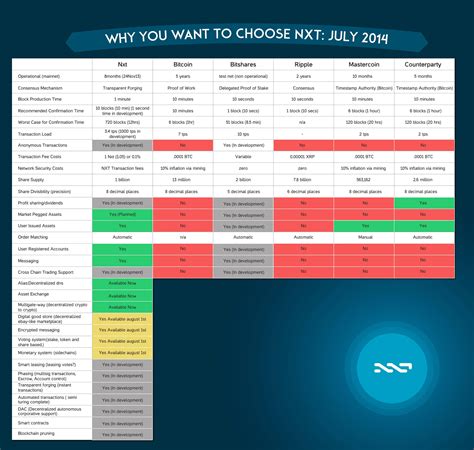Science fiction connection: As blockchain technology inspired epic stories
Continuing to use the power of blockchain technology, it is nice to see the science fiction authors who study its potential and consequences in their work. From the future to utopian visions, blockchain inspired stories have been the basics of science fiction for years. But where are these futuristic tales when we need them most? In this article, we will go into some prominent science fiction works that study the intersection of blockchain technology with other fictional concepts.
Distopy Future Contracts
One classic example is the novel “Does Android dream of electric sheep?” Author: Philip K. Dick (1968). The story, located in the post-apocalyptic world, follows Rick Dekard-Vilst Hunter, who is tasked with tracking advanced androids known as Nexus-6. Although not directly related to blockchain technology, researching the novel to the public struggling to coexist with its work provides the parallels between AI and decentralized cryptocurrencies.
The world is turned upside down in Stephenson’s “Snow Crash” (1992), when a computer hacker gets the opportunity to access any computer in the world. The story goes into a virtual reality that becomes distinguished from the reality itself, repeating the decentralized nature of blockchain technology.
Utopic visions
Another example is “Diamond Age” (1995), formed by Nasty Stephenson and Non -Stephenson Children Chris and Steven. This novel explores an education system, which includes nanotechnology and biologically degradable materials, spilling lines between the physical and digital world. Although not directly related to blockchain, this vision of the future, in which technology integrates with the public, resonates with the concept of decentralized networks.
Karl Stross in the movie “Accelerando” (2005) mankind is undergoing quick technological advances that transform the world into a complex network of interconnected systems. The novel studies an increasingly decentralized and widespread consequence of a node network, repeating the decentralized nature of blockchain technology.
Philosophical research
More philosophical studies can be found in “Diamond Age” (2008), formed by non -Stephenson and non -Stephenson children Chris and Steven. This sequel will deepen the impact of nanotechnology and biologically degradable materials on human society, asking questions about the nature of consciousness, free will and the future of humanity.
Inspiration for real world

Recent works have also shown a growing link between science fiction and blockchain technology. For example:
- Liu Cixin “Three Body Problem” (2008) explores alien civilization with advanced technology, which allows them to communicate and interact with people, both exciting and alarming.
- Ann Lecia’s “Extra Justice” (2013) is going into a world where artificial intelligence has become sensitive, forcing their people’s creators to confront the ethics of control and agency.
Conclusion
Although science fiction has long been exploring the capabilities of blockchain technology, it is clear that there is still much to reveal in this area. As we continue to build decentralized networks and use the power of blockchain technology, the science fiction authors provide a unique lens that can explore its impact on society and human civilization.
From the future to utopian visions, the intersection of science fiction and blockchain technology offers endless opportunities for creative research and comments on our fast -changing world. When looking at the future, it is important to keep these ideas in mind and consider how they could create the world we create.
Để lại một bình luận